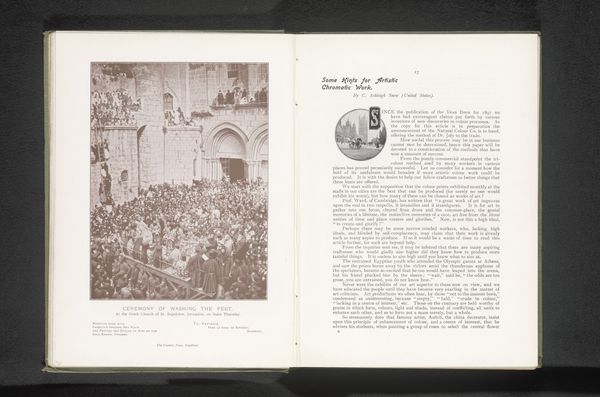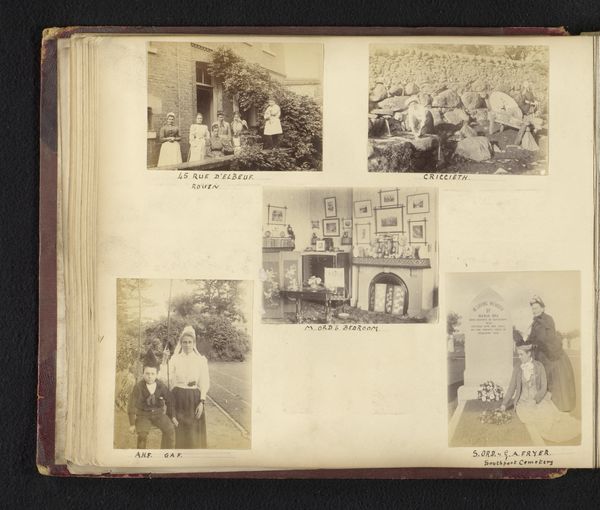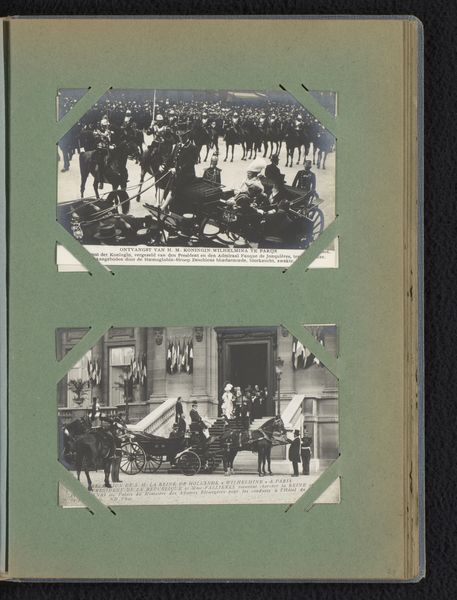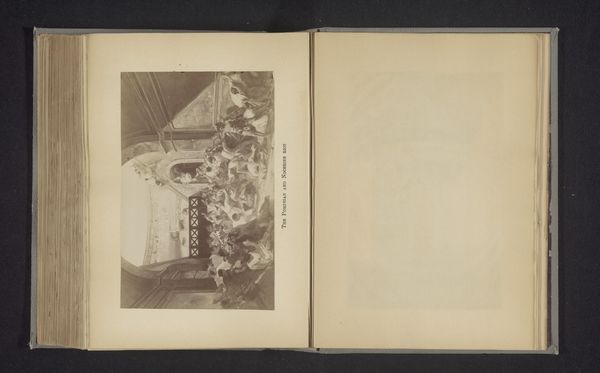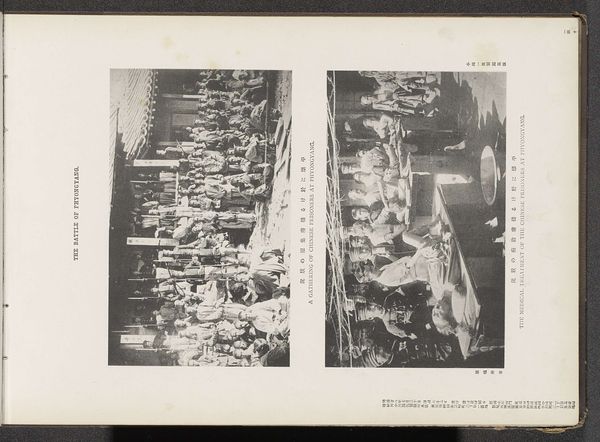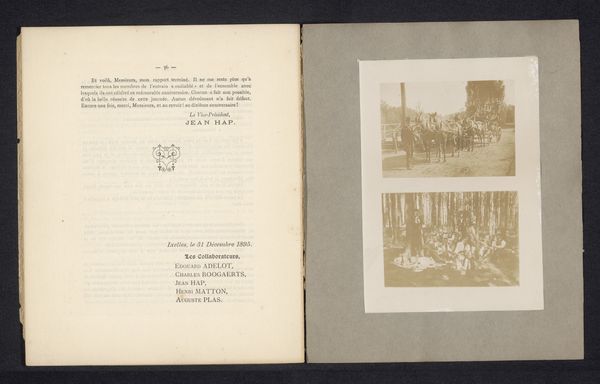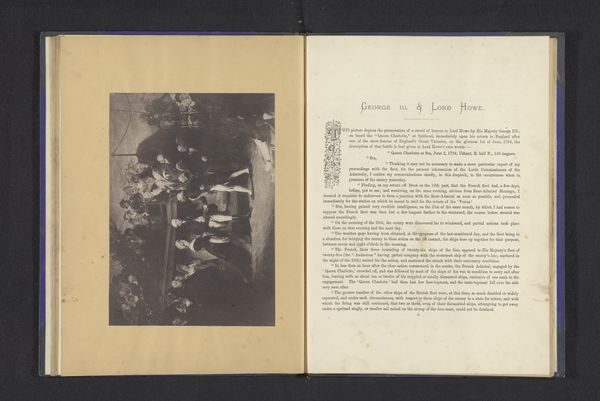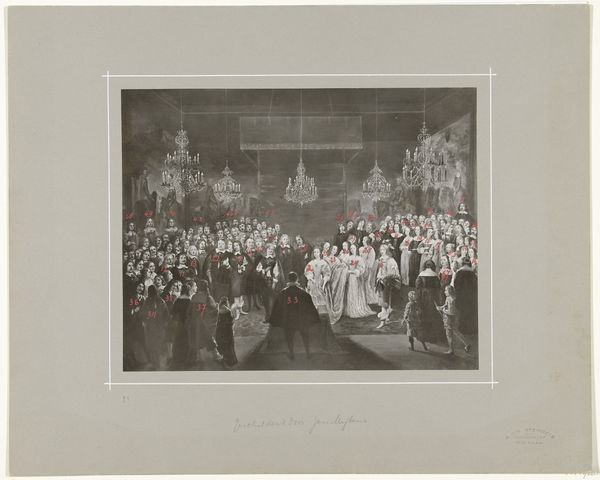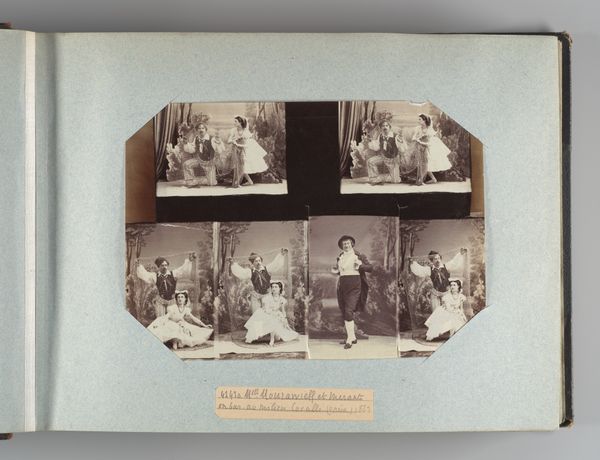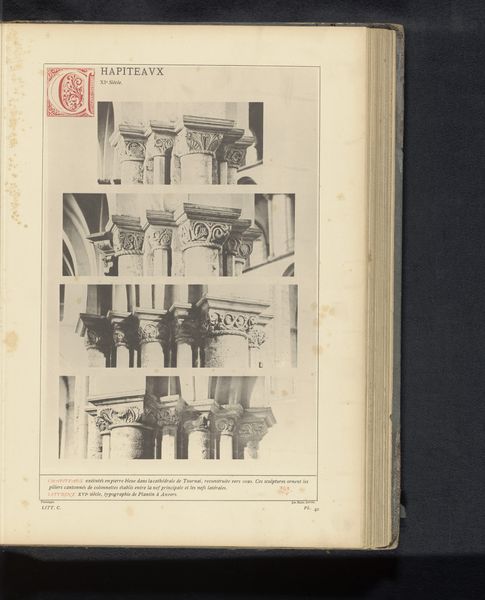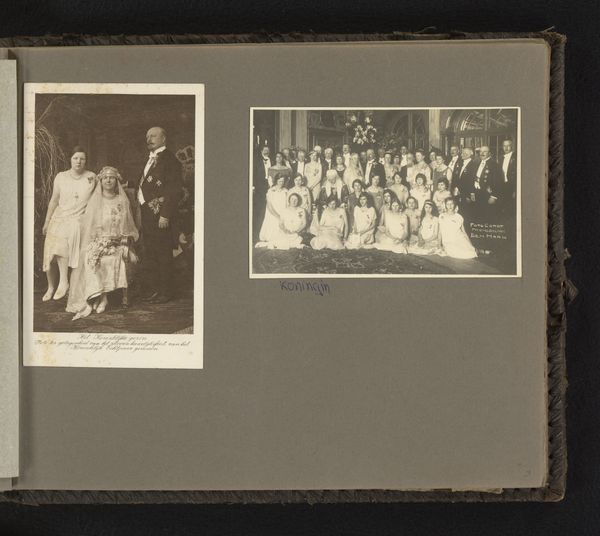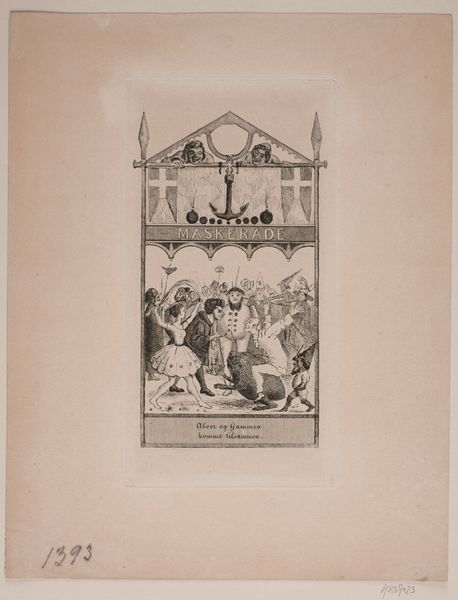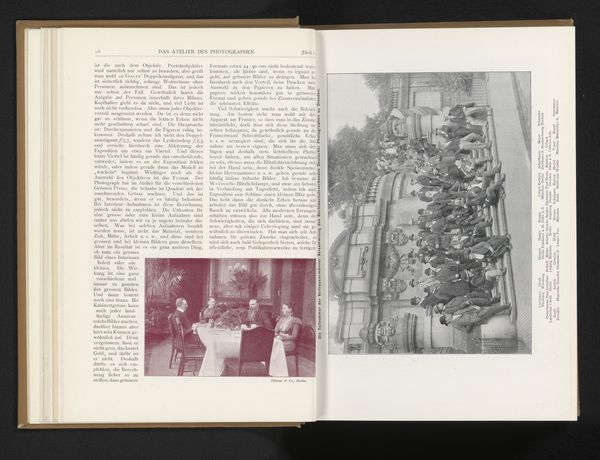
print, photography, photomontage, poster
#
portrait
#
newspaper
# print
#
photography
#
photomontage
#
cityscape
#
poster
#
modernism
Dimensions: height 30 cm, width 22.5 cm
Copyright: Rijks Museum: Open Domain
Curator: Let's look now at Erich Salomon's photomontage titled "Het Leven," possibly from 1937. It combines photography and print to create a rather striking poster-like object. What are your initial thoughts? Editor: It immediately feels very…stark. The sharp contrasts of the black and white photos against the simple typography convey a strong sense of modernity, but there's a fragility to it, being made from paper and possibly pasted together, referencing mass media through ephemeral newsprint materials. Curator: Yes, the choice of materials is telling. Salomon was deeply involved in documenting political and social events, and photomontage became a potent tool for him. Observe how he positions these images. The visual vocabulary seems charged with political implication as the 'Oranje Kalender' includes emblems and the typeface becomes almost heraldic. Editor: Precisely. Notice the reproduction of newspaper frontispieces. Given Salomon’s history as a photojournalist it is easy to see how materials here blur the line between fine art and disposable news ephemera. Salomon is speaking of a modern media-savvy age but also of the temporality of events. How would viewers at the time perceive such juxtapositions? Curator: Intriguing. These images aren't presented in isolation. The newspaper clippings signal immediate public consumption, their visual content deeply embedded with prevailing sentiments and beliefs regarding the royalty of the era. This collage layers royalty alongside the civic lives of everyday city folk. Editor: Indeed. He elevates mundane print into an object of significance. A typical photomontage usually presents conflicting and fragmented realities, but what's particularly fascinating is Salomon's seamlessness in merging them, given it's crafted with photography. I keep returning to those hand-produced calendrical features – almost at odds with the newsworthiness of the moment captured on camera. Curator: Perhaps the 'Oranje Kalender' acts as a grounding force here? By framing news with the passage of time via the calendrical framework, the mundane aspect you mentioned provides context and endows a sense of timelessness that echoes national identity, or a certain brand of cultural permanence within rapid social change. Editor: In that light, this almost reads like a clever meditation on visual memory. I'll carry those themes of memory and the interplay of materials as I continue my walkthrough, thank you. Curator: It certainly leaves one pondering the convergence of national symbols, everyday life, and the artist’s layered perspectives. A timely reflection for me, too, considering today's digital age and its constant bombardment of visual stimuli.
Comments
No comments
Be the first to comment and join the conversation on the ultimate creative platform.
